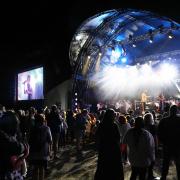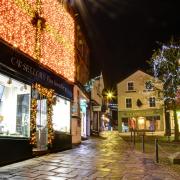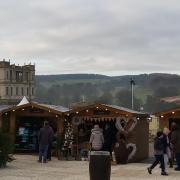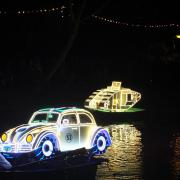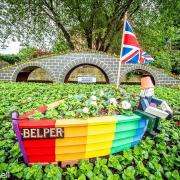Out and about with Roly Smith

It all started 60 years ago on a typically-blustery Good Friday outside the Old Nag’s Head Inn in Edale. The chairman of Derbyshire County Council, Alderman Charles White, unceremoniously stood on a beer crate to inaugurate the country’s first voluntary ranger service – although they were then known as wardens – in the Peak District.
The first-ever national park warden, Lancastrian Tom Tomlinson, warden of Edale Youth Hostel, had been appointed just a couple of months before. A meeting of rambling clubs from around the Peak District had been convened to discuss the formation of a voluntary warden service for the new National Park, set up as the first in Britain just three years before. The first ‘uniform’ of the embryo wardens was a green armband.
Sixty years on, the golden anniversary of the Peak District’s Ranger Service was celebrated over the Easter weekend where it had all begun in Edale. There were walks, veteran rangers in 1950s gear, and a display of memorabilia in the Moorland Centre at Fieldhead.
Area ranger Sheila McHale, who has worked at Edale for 22 years, co-ordinated the celebrations. Sheila said: ‘We’re proud of what we’ve achieved since 1954, but we also want to look forward. We hope some youngsters may be inspired to become rangers of the future.’
The display at the visitor centre included badges, photographs and awards won by the rangers over the years. The anniversary display will also be taken round other visitor centres later in the year.
Some rangers on the anniversary weekend were kitted out in uniforms of the past. Sheila explained: ‘The first rangers wore tweed suits, stout boots and thick woolly socks, which looked very different from the modern red fleeces and light grey trousers we wear today.’
The Peak District ranger service has grown from those few voluntary wardens to over 300 rangers today, mainly fully-trained volunteers, with a worldwide reputation.
In the first year of the service, 500 volunteer attendances were recorded from 22 different organisations. Briefings took place in a room at the Nag’s Head, where landlord and access campaigner Fred Heardman had also set up the first information service in the snug. Later the wardens’ briefings moved to the legendary Cooper’s Café in an old railway carriage behind the Post Office.
The warden service was originally set up to police the first access agreements negotiated with moorland owners under the 1949 National Parks and Access to the Countryside Act. They followed intense public pressure for access to the moors, which culminated in the 1932 Mass Trespass on Kinder Scout.
The service changed its name to Rangers on local government reorganisation in 1974, when its role was extended to cover the whole of the 555-square-mile park. Rangers have accurately been described as ‘the eyes and ears of the National Park’, and a message on the wall of the Fieldhead briefing centre used to boast: ‘About 2,000 feet, the most comprehensive social service in the country.’






